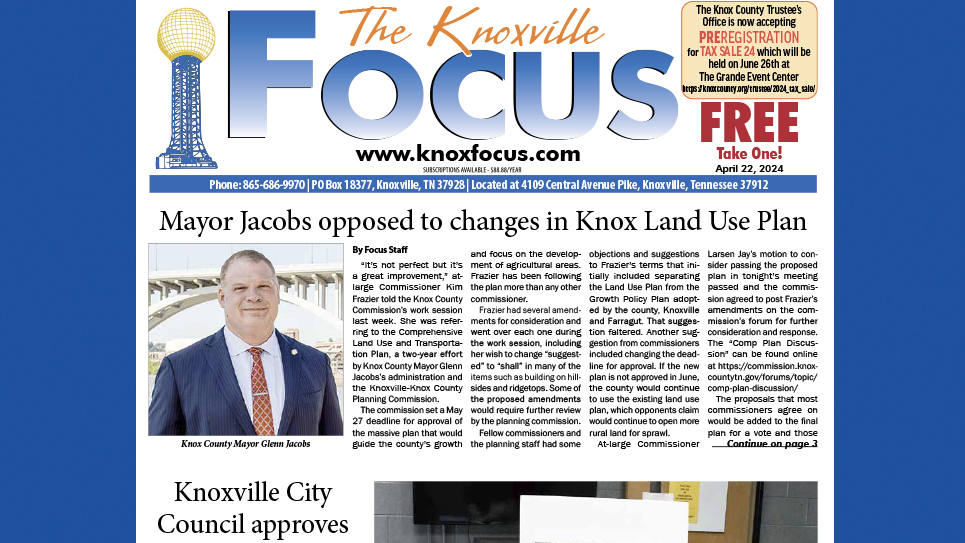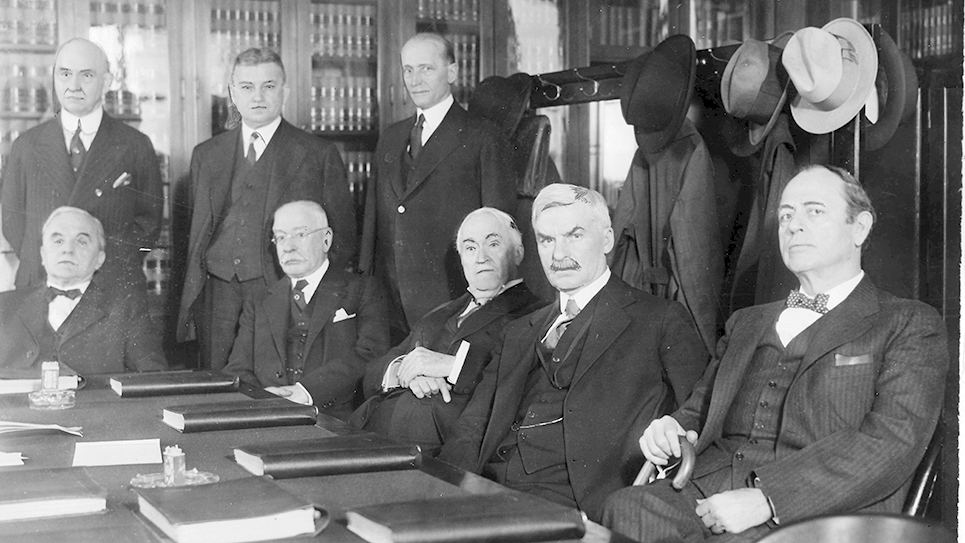Hat tip to KCS parent and Focus reader Ron Raymond, who provided this very thorough review of the literature sources posted on the Knox County Schools (KCS) website in support of “balanced calendar.” It is well known that one can find a study that supports just about any position, and that different studies often come to widely different conclusions. One can assume that KCS has chosen the studies that they want to support their position in favor of Year Round Education (YRE). We reviewed the literature they provided. The bottom line, as even KCS admits, is “Academic gains are inconclusive.”
Note that there are different types of Year Round Education. Although the concept takes many different forms, it can be basically categorized as either Single-Track or Multi-Track. Single-Track includes the Balanced Calendar approach KCS is proposing, using schedules such as 45-10, 45-15, or 60-20.
In Multi-Track systems, students are divided into four groups, with three groups attending school at any given time (rotating three months in school and one month off). This allows the school to enroll more students, and is done for one reason only – to relieve over-crowding. The problems inherent in this system were exposed in Williams vs. State of California. The lawsuit found that this system created unsafe conditions due to lack of building maintenance, created de-facto segregation, and many other problems. As a result, the State of California legislated that all Multi-Track Schools discontinue the use of Multi-Track Calendars by the year 2012.
This is important to our discussion for a couple reasons. First, proponents of calendar change like to use statistics from prior to the lawsuit to show YRE as a growing trend in the country. As of 2009, approximately 60% of the YRE schools in the entire country were in the State of California, and most of those were Multi-Track schools. Second, many of the studies cited by KCS do not differentiate between Single-Track and Multi-Track YRE. If a school is able to reduce overcrowding in the classroom, might that be the reason that many of the studies found better teacher and student attitudes, less discipline problems, and better student performance? This much is certain…when overcrowding is eased by whatever means, the schools tend to overwhelmingly return to a Traditional Calendar rather than adopt a Single-Track Calendar.
ALEXANDER, ENTWISLE, OLSON (2007)
This is a study of Academic Achievement Gap based on family Socio Economic Status (SES). It examined a small sample of Baltimore school students from a local context of “urban and high poverty.” It squarely lays the cause for the Achievement Gap on the impact of summer learning opportunities not available to or not taken advantage of by lower SES students. This study advocates for more summer school for disadvantaged youth (year round school) and never mentions a Balanced Calendar.
COOPER, NYE, CHARLTON, LINDSAY, GREATHOUSE (1996)
This analysis of existing data is now almost twenty years old, and the studies used for review were up to 20 years old at that time. The authors looked at Summer Learning Loss studies from as far back as 1906, but chose not to include any that predated 1975. The KCS “Findings” from this study state that “Students can lose one to three months of learning over the summer.” There is no mention in the study of three months of learning loss. The actual findings in the document state “At worst, students appear to lose one month of grade-level equivalent skills relative to national norms.”
This analysis makes a strong case in favor of increased instruction time during the summer months. It did not look at Balanced Calendar issues, but only at the summer break. In fact, the authors state, “However, proponents of calendar change cannot take the findings about summer vacation to mean that any alternative calendar is preferable to the present one.”
WORTHEN & ZSIRAY (1994) (Note – this reference is listed twice)
This meta-analysis is also over 20 years old and looked at older studies from 1977 to 1992. KCS quoted the positive findings of this study, but conveniently omitted this introductory sentence…”Although research is incomplete and, in some cases, of questionable validity…” The authors state because of that “the conclusions offered in the following section are somewhat tentative.”
The authors carefully explain the problem of comparing previous studies without controlling for the difference in the many forms of YRE, such as Single-Track vs. Multi-Track vs. Extended School Year, etc. Their analyses and summaries toss all these random puzzle pieces, as they call the data, into the same blender. Their statement on student achievement reads… “Looking across 32 studies conducted between 1977 and 1992, plus two reviews that summarize another dozen for the same period, the results are mixed. The preponderance of evidence suggests that YRE students’ performance on measures of academic learning is about the same in most studies as their performance while on traditional schedules…”
COOPER, VALENTINE, CHARLTON, MELSON (2003)
Cooper and Charlton were also authors of the 1996 meta-study regarding summer learning loss that cautioned proponents of calendar change not to use that study to justify calendar change. They take the opportunity in this study to point out, regarding summer learning loss, “modified calendars may simply substitute several periods of loss for one.” In this analysis, they look exclusively at Balanced Calendar issues, but include both Single-Track and Multi-Track calendars. The Single-Track Schools in this study were a variety of options, such 45-15 or 60-20, but not one single school in the study was on a 45-10 calendar (proposed by KCS).
The authors state “Perhaps the clearest conclusion to be drawn from this synthesis is that a truly credible study of modified calendar effects has yet to be conducted.” They continue, “Furthermore, the cumulative result of past studies is so close to a chance outcome that the argument that poor designs have led to random findings remains plausible…Thus it would be inappropriate to suggest that the current evidence indicates that modified calendars have a significantly positive impact on achievement.”
DESSOFF (2011)
This is not a research study, but rather an Op-Ed article written for a website. It is mostly opinions from Charles Ballinger (executive director emeritus of the National Association for Year-Round Education), and Matthew Boulay (interim CEO of the National Summer Learning Association), both of whom were paid employees of YRS advocacy groups. Incidentally, the NSLA website never mentions “Balanced Calendar.”
The “some positive trends” finding that KCS lists is a quote from the superintendent of Bardstown, Kentucky Schools (total of four schools) and has no actual data to support the statement.
KCS barely mentions this paragraph from the article:
“Administrators in some districts that have adopted year-round schedules add that although anecdotal observations from teachers and parents prove that it works, they have no data showing it makes a difference in students’ achievement. “We are not seeing our year-round schools outperforming those on traditional calendars,” declares Michael Evans, chief communications officer in the Wake County (N.C.) Public School System (WCPSS).”
WCPSS has approximately triple the student population of Knox County and double the number of schools. Overcrowding has been a significant problem for WCPSS, which they have addressed by using a multi-track calendar in some of their schools. As of April 2015, WCPSS has 16 new schools under construction, and is using 1,153 mobile/modular classrooms. As overcrowding has eased in some schools, those schools have returned to a traditional calendar rather than a balanced calendar. There are currently only five schools (three are Magnet Schools) in the WCPSS using a 45-10 calendar.
VARNER (2003)
This study looked at a total of only nine third grade teachers in two schools, one a traditional calendar and the other an YRE school. Both schools were in Mississippi and were 100% free/reduced lunch, indicating a poverty-stricken low-SES community. Not only are these schools not reflective of the Knox County school system, the two schools in the study were not identified, making it impossible to determine what improvements a Balanced Calendar has made or even which calendar they follow today.
RAMOS (2012)
This is an opinion survey of one elementary school that was changing from a Dual-Track enrollment school (families could choose either a Balanced Calendar or a Traditional Calendar) to a YRE-only school. The system was described by some in the survey as “chaos.” The findings were based on a response rate from families of only 54% and a response rate from teachers of only 66%. The focus group for teachers included only 6 teachers. The focus group for parents included only 5 parents, none of whom were from the traditional calendar portion of the school. The school appears to be Indianola Elementary School in Indiana. The school has now returned to a traditional calendar with no Fall Break and a one week Spring Break.
LYTTLE (2011)
This was not a research study, but an Op-Ed piece. The obvious bias of the author is evident in the volume of extreme adjectives used to disparage the traditional calendar.
WU & STONE (2010)
This is one of the largest and most recent studies in the KCS list. It “used data from 4500+ schools over six years to determine whether YRE had an effect on the outcome and growth of school’s Academic Performance Index”. The study found “API performance of YRE schools was not different from non-YRE schools.” Besides the fact that the results of the study do not support YRE, the subject of the study were schools in the State of California. The majority of YRE schools in California were multi-track schools created for the sole purpose of reducing school over-crowding. (See discussion of multi-track calendars at the beginning of this column).
McMILLEN (2001)
We found many references to this study, but were unable to locate the text of the study itself. The Findings and Conclusions shown on the KCS website make a case against, rather than for YRE. In this 14 year old study of 17 year old data, the author found “Achievement in YRE schools was no higher than in non-YRE schools.” Without reviewing the study itself, it is impossible to determine any of the major issues, such as Multi-Track vs. Single Track results of the calendar.
WINTER (2005)
This is not a study, but an Op-Ed piece written by two teachers in Canada. Both authors taught at Dual-Track elementary schools that gave families a choice between a balanced calendar and a traditional school calendar. Less than 40% of the families at each school chose the balanced calendar option. Since both authors taught in the balanced calendar approach, it can be assumed that they were trying to “sell” their version of a school year.
GISMONDI, HASER, & NASSER (2003)
This is a survey of teacher satisfaction in ONE elementary school in Virginia. The school was Timber Lane Elementary School in Fairfax County, Virginia. The school rejected the Balanced Calendar and returned to a traditional calendar in 2010. If you are familiar with Fairfax County, you know that it is not an agrarian community.






